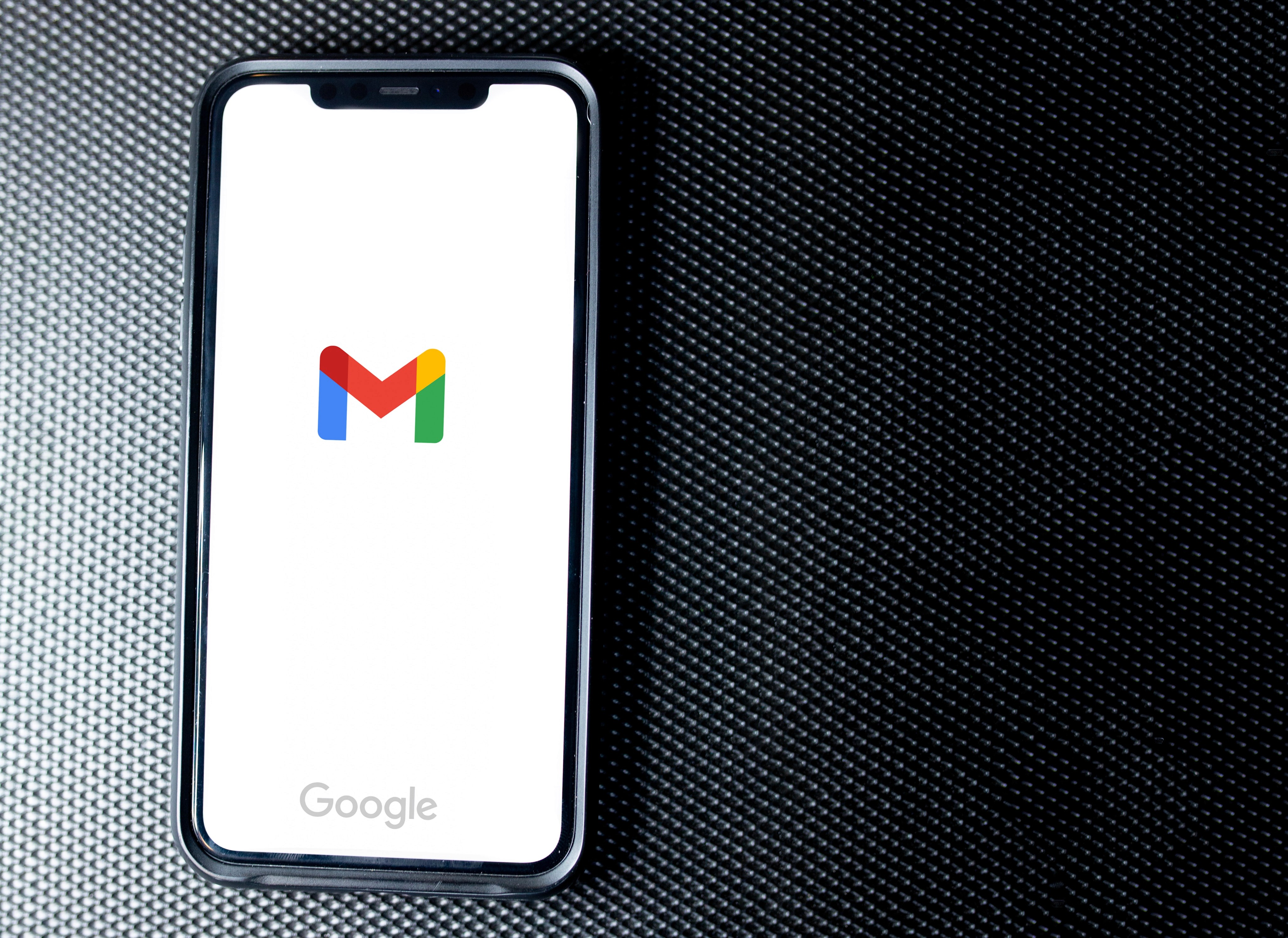Cold Email
Cold Emailing from Gmail: Dos and Don'ts
Learn effective cold emailing strategies with Gmail: crafting enticing subject lines, personalizing your message, and tips to avoid the spam folder for successful outreach. Avoid common pitfalls and enhance follow-up practices.
Jan 23, 2024

Ever wondered if your trusty Gmail account can double as your go-to for cold emailing? You're not alone! Many entrepreneurs and marketers are turning to their personal email accounts to reach out to potential clients and partners. But is it really as simple as firing off a batch of emails from your everyday inbox?
Navigating the dos and don'ts of cold emailing can be tricky, and doing it from Gmail adds another layer to consider. It's crucial to understand the limitations and best practices to avoid any hiccups. Let's dive into the world of cold emailing from Gmail and see how you can do it effectively, without stepping on any digital toes.
The Pros and Cons of Cold Emailing from Gmail
Embarking on cold emailing campaigns through Gmail can be like walking a tightrope – it's all about balance. Picture this: you've got a toolbox, Gmail is your trusty hammer, and your cold emails are the nails. Let's sort out how to nail your strategy without hitting your thumb.
Advantages of Using Gmail
User-Friendly Interface: Gmail's platform is like the friendly neighbor who always has the tool you need. It's designed for ease-of-use, so you'll be setting up and sending emails in no time.
High Deliverability Rates: Gmail has built a solid rep for landing emails where they should be – in the recipient's inbox, not lost in the abyss of spam folders.
Google Integration: It's a plug-and-play scenario with other Google services. Think of it as your digital Swiss Army Knife, making it simple to sync contacts and schedule follow-ups.
Potential Drawbacks
Every coin has its flip side.
Sending Limits: Gmail caps the number of emails you can send in a day at 500 for personal accounts and 2,000 for Google Workspace accounts. It's like being on a great road trip but needing to watch your gas gauge.
Lack of Automation Features: Gmail's like that old-school clock – reliable but without the fancy alarms. If you're looking to set up complex email sequences automatically, you might need an extra tool in your box.
Common Mistakes to Dodge
Blasting the Same Message to Everyone: Mass-emailing without personalization is like serving the same meal to a diverse dinner crowd — it won't satisfy everyone. Segment your contacts and tailor your messages.
Ignoring the Follow-Up: Failing to plan follow-ups is like skipping chapters in a book – you'll never know what could have happened. A friendly, non-pushy reminder can make all the difference.
Meticulous Personalization: Think of personalization like seasoning – just the right amount will bring out the best flavors in your copy. Start with their name, reference a recent accomplishment, or mention something pertinent to their business.
A/B Testing: Don't put all your eggs in one basket. A/B testing is like trying two different keys to see which one turns the lock. Experiment with different subject lines or email formats to discover what
Understanding the Limitations of Gmail for Cold Emailing
When you're diving into cold emailing, you might think Gmail's your go-to wingman, given its slick interface and the Google name looming behind it. Yet, even the most popular email service has its handcuffs when it comes to cold outreach.
First off, sending limits are your big roadblock. Imagine you're at an all-you-can-eat buffet, but you're only allowed a few plates. Gmail's got a daily cap of 500 emails for personal accounts and 2,000 for G Suite users. Now, for friends and family that's plenty, but in the land of cold emailing, you hit that ceiling faster than you'd think.
Another hiccup with Gmail is the lack of automation tools. Ideally, you want your outreach to be like a well-oiled machine—running smoothly and efficiently. But without built-in automation, you're the one doing all the cranking, which means scheduling each email manually, one by one—a real time-drainer.
Let's also talk about the common pitfalls you should steer clear of, like blasting out the same generic message to your entire list. That's a no-go in Gmail's world or any platform, really. Personalize, personalize, personalize! It's the digital handshake that warms up your cold email.
To avoid these blunders, follow a few golden nuggets of advice:
Segregate your leads and tailor your messaging to fit their profile.
Monitor your send rate to stay under Gmail's radar.
Consider tools like CRMs or extensions that play well with Gmail and can give you a leg up with scheduling and tracking.
A/B testing is another nifty trick up your sleeve. This is where you don two different hats, send out variant A to half your audience, and variant B to the rest. Keep an eye on which one's making the best impression, and voila—you're crafting your emails based on data, not just gut feelings.
Sure, Gmail's cosy for regular chats, but with cold emailing, remember you're playing a numbers game, and you need the right gear to keep up.
Best Practices for Cold Emailing from Gmail
When you're diving into the cold email game, picture Gmail as your trusty fishing rod. It's familiar, comfortable to grip, and great for catching a few fish. But to reel in a boatload, you'll need the right bait and technique. That's where knowing the best practices for cold emailing comes into play.
Craft a Compelling Subject Line: Just like a neon sign attracts night-time crowds, your subject line needs to stand out in a bustling inbox. It’s the first handshake with your recipient, so make it firm and memorable. Steer clear of caps lock and excessive exclamation marks—they're like flashy, cheap lights that scream spam.
Personalize Your Message to the Recipient: Ever felt that spark when someone remembers your name at a party? That's the power of personalization. Address your recipient by their name, acknowledge their company, and if possible, mention a recent achievement or a mutual connection. Broad, impersonal templates are like a one-size-fits-all hat—they rarely fit well.
Focus on Providing Value: Imagine your email is a free sample at a grocery store. It should be tasty and leave your recipient wanting more. Ask yourself, “What's in it for them?” and ensure your message delivers clear benefits.
Do Not Overwhelm with Text: Ever been cornered by someone who talks your ear off? That’s how recipients feel when they open a long-winded email. Keep it short, sweet, and to the point.
Avoid Common Mistakes
A common blunder is overestimating the volume of emails you can send. Gmail has its limits and blasting too many emails too fast can tag you as a spammer. It’s like revving your engine in a quiet neighborhood—it won’t make you any friends. Respect Gmail's Sending Limits and space out your outreach.
Failure to follow up is like forgetting to cast your line after baiting the hook. A single email is easy to miss, but a gentle nudge can work wonders. Just ensure your follow-ups are spaced out and not too pushy—think of it as nudging someone with your elbow rather than a full-on shove.
How to Avoid the Spam Folder when Cold Emailing from Gmail
Ever felt like you're screaming into the void with your cold emails? Chances are, your masterfully crafted message ended up in a spam folder. It’s like preparing a banquet only to have it locked away in a cupboard. Don’t let that be you. To ensure your email gets the spotlight it deserves, let’s open that cupboard and set the table right.
First things first, think of your email like a guest arriving at a party. It needs an invite (a.k.a. permission) to be welcomed in. Gmail looks for signals that your message was expected. So, how do you get on Gmail's good side?
Use a professional email address: yourbusiness.com beats gmail.com every time.
Make a killer first impression: Your subject lines should be inviting, not fishy or overhyped.
Onto the content. Ever walked into a party and didn’t know a soul? Awkward, right? That's your email in someone's inbox without personalization.
Put their name in the subject line and opening line.
Reference a recent event or a mutual connection, if possible.
Show that you've done your homework.
Avoid blasting identical emails. Imagine receiving the same unique invite to a party as everyone else in your neighborhood. Not so special, huh? Same rule applies to your emails:
Tailor your message: Each recipient should feel like they're getting a one-on-one conversation.
Gmail's got a knack for sniffing out the generic. You know those emails with more colors than a carnival and enough links to get you lost in cyberspace? Keep it clean and simple:
Professional formatting: Stick to standard fonts and text sizes.
Minimal links: One or two is plenty.
Unsubscribe option: Always include this. It’s like showing your guests where the exits are—courteous and required by law.
Last piece of the puzzle is engagement. Think of it as your email’s charisma—it needs some to stick around in the inbox. Seek replies by asking genuine, thought-provoking questions or for feedback.
Conclusion
Crafting successful cold emails from your Gmail account is all about strategy and finesse. Remember to personalize your approach and provide clear value to your recipients. By avoiding the pitfalls of excessive emailing and pushy follow-ups you'll set yourself up for better engagement. Keep your emails out of the spam folder with professional touches and thoughtful content. If you stick to these guidelines you'll be on your way to creating impactful connections and opening doors to new opportunities. So go ahead send that first email with confidence and watch your network grow.
Frequently Asked Questions
What are the best practices for crafting a subject line in a cold email?
A compelling subject line should be concise, relevant to the recipient, and create a sense of curiosity or urgency without being spammy. Personalization can improve open rates.
How should you personalize a cold email?
To personalize a cold email, use the recipient's name, reference their work or interests, and tailor the message to show that you've done your research and that your email is not a generic mass-send.
Why is providing value important in cold emailing?
Providing value is crucial because it shows you're not just seeking a favor or selling something; you're offering something beneficial in return, which can establish trust and garner a positive response.
What are common mistakes to avoid in cold emailing?
Common mistakes include sending overly long emails, exceeding the sending volume limits of your email provider, failing to follow up, and being too aggressive or pushy in your approach.
How can you prevent your cold emails from going to spam?
To prevent emails from landing in spam, use a professional email address, craft inviting subject lines without triggering spam filters, personalize the content, keep formatting clean, limit the use of links, and encourage engagement.

